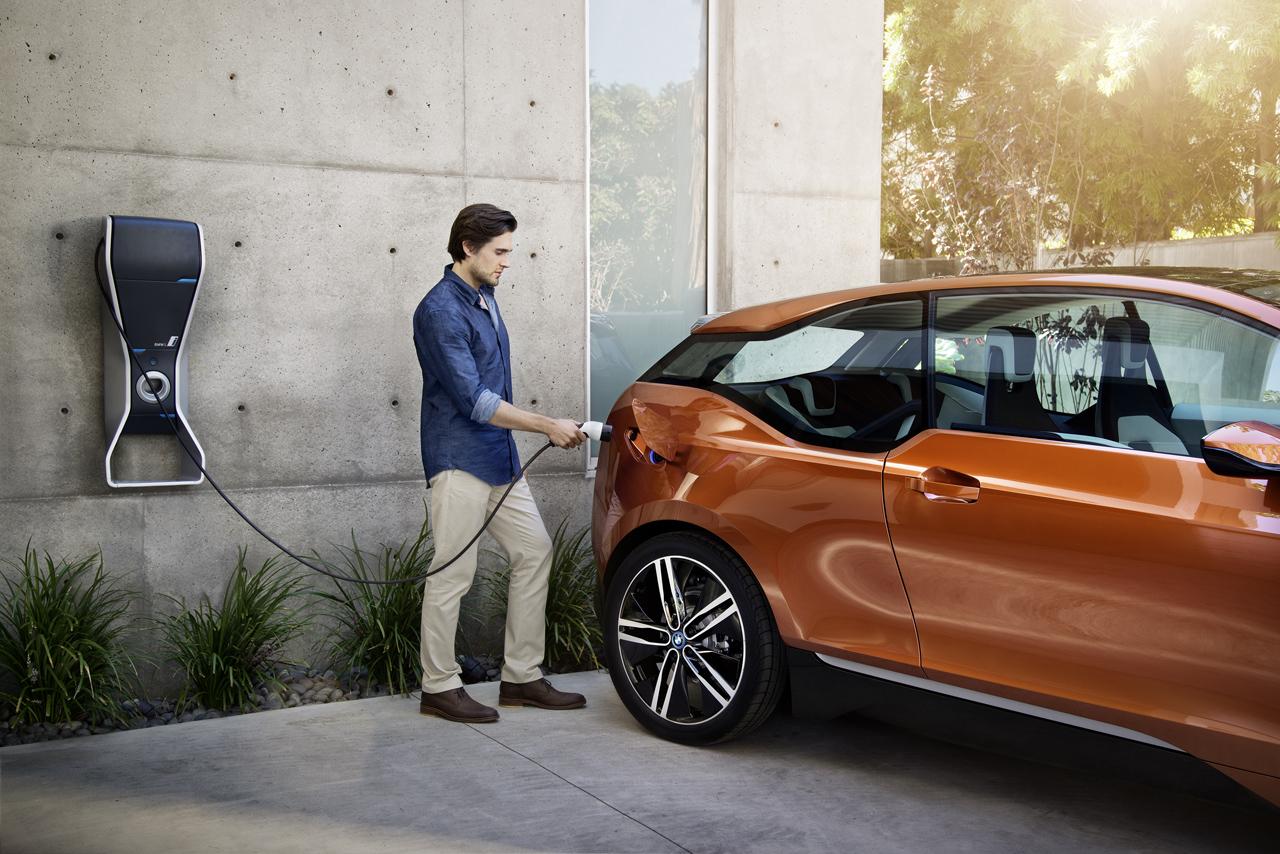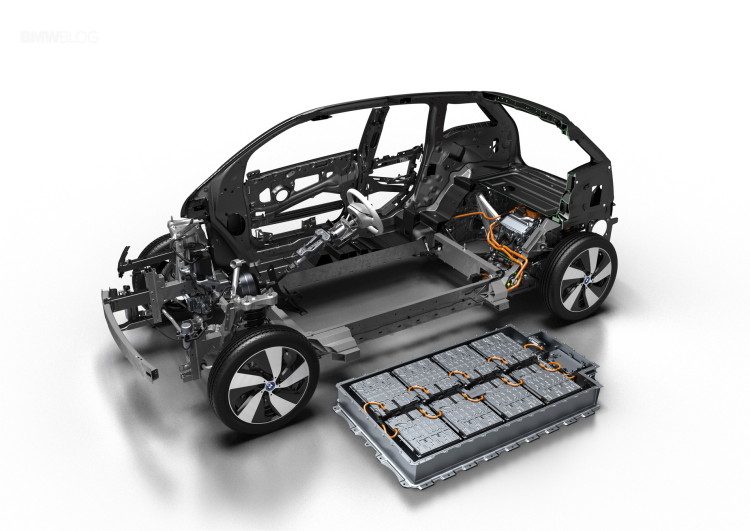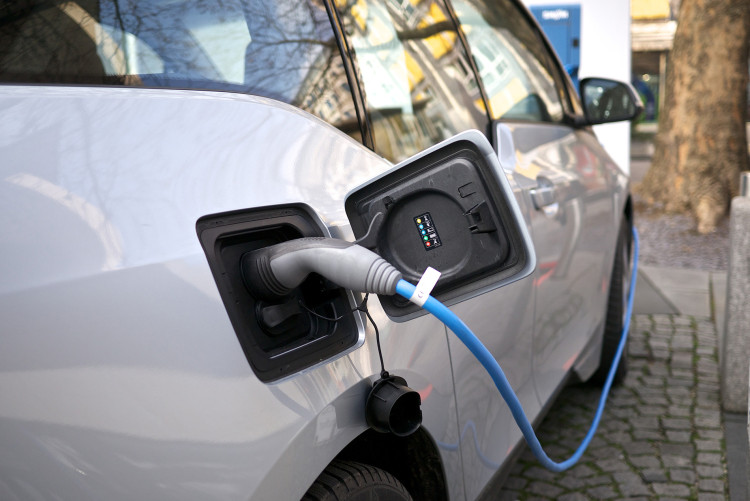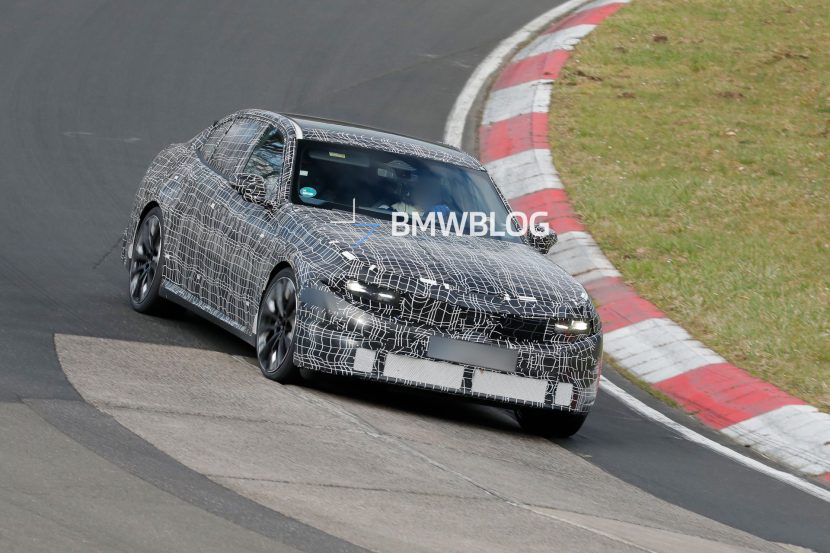So you have decided to go electric – great news, and in buying a BMW i3 you have managed to get one technically sophisticated machine that accelerates and handles quite well. But, one nagging question lingers, how long does it take to charge up between drives? We put together a BMW i3 charging guide to answer some of your questions.
Battery Capacity and Charging Times
The charging time of your BMW i3 depends on the capacity of the battery pack in Watt/hours, the remaining charge level in the battery pack, and the level of charging available. A good source for determining the worst case charging scenarios is your owner’s manual. But there are some off-the-cuff ways of determining how long it will take to recharge your particular car that we will explore below.
Before we get into a bit of math however, let’s cover some basics of electricity. The batteries deliver their power to the vehicle in direct current (DC). Think of DC being a constant voltage above zero flowing in one direction. Batteries, for example a AA, are rated by voltage (v) – for a AA battery the rated voltage is 1.5v DC. The actual voltage of a fresh battery will be a bit higher, the actual voltage of a used battery will be lower.
The power available in a home is an alternating current (AC). AC voltage is in the form of a wave – a sine wave, at 60 cycles per second in the US and 50 cycles per second in Europe – that goes from positive to negative voltage (the direction of flow changes). Newer houses in the US have 240v AC power available, some older houses – that have not had the electrical system upgraded, have 120v AC only. Higher AC voltages are available to businesses; a data center that I am familiar with, for example, takes AC from local providers (multiple sources/sub-stations) at 480v AC.
The power available in electric vehicle battery packs is expressed in Watt hours – watts available time the number of hours of use, or more specifically kWh – Kilowatt hours for electric vehicles. A watt is a unit a unit of power. Electrically, one watt equals one volt times one amp (W=V*I). A Kilowatt is 1,000 Watts. (We won’t delve into Ohm’s Law and resistance – but resistance is always there.)
A good way of thinking of voltage and amperage is an analogy to water. Voltage would be water pressure and the current available (the amperage) is the carrying capacity of the pipe. So, for a 1.2 Kilowatt output you can have a 10 ampere 120v AC circuit, or a 5 ampere 240v AC circuit. But, thanks to resistance, the 240v AC circuit is actually better.
Most household have 15 to 20 ampere circuit breakers for 120v AC loads. Attempting to charge your car on a 120v AC circuit will be time consuming. Common 240v AC circuits, for clothes dryers, electric stoves, and air conditioning are in the 30 to 40 ampere range. It doesn’t take much math to see why installing a 240v AC wall box for vehicle charging is a good idea.
When using an AC source to charge the i3, the on board converter (AC to DC) is utilized. The vehicle converts the AC source to DC, which is the current type for the batteries. When a DC charging source is attached, the on board converter is redundant. But care still has to be exercised, by the software responsible for regulating charging, that the charging process doesn’t stress the batteries. The batteries require different rates of charge for different levels of remaining capacity – as the batteries get close to their maximum storage capacity the rate of recharging needs to be reduced in order to protect the batteries.
Charging Time For Each Generation BMW i3
That being said let’s look at the following scenarios for recharging an i3. Let’s start with the 120v AC circuit (BMW considers this a Level 1 charger) to charge with. Then a 40 ampere 240v AC wall box (Level 2 charger) which is the most common way to recharge the vehicle. In addition we need to reduce the charge rate in kWh by around 30% to compensate for resistance.
Level 1 Charging
- 2015 – 2017 BMW i3 – It can take anywhere from 13 to 16 hours to fully charge the battery pack from an empty state
- 2017 – 2018 BMW i3 – Prepare for 16 to 19 hours of charge
- 2019 BMW i3 – It will charge from empty to full in 24 to 28 hours.
Level 2 Charging
- 2015 – 2017 BMW i3 – If your i3 has a 22.6 kWh battery pack it will take around four to five hours to recharge a less than completely exhausted battery pack.
- 2017 – 2018 BMW i3 – For a 33 kWh battery pack the time goes to a maximum of around five to six hours.
- 2019 BMW i3 – A 44.2 kWh battery pack will take around seven to eight hours to fully recharge
Of course these are based on exhausted batteries at the start of the charging process.
Level 3 Charging
- 2015 – 2017 BMW i3 – A 480v AC 100 ampere charger (Level 3) for a 22.6 kWh battery pack takes 30 min to fully recharge.
- 2018 BMW i3 – It takes under an hour to recharge a 33 kWh battery pack
- 2019 BMW i3 – It takes right at an hour plus to recharge a 44 kWh battery pack
Charging times are also dependent on other factors such as:
- the ambient temperature
- if the battery is cold it will charge significantly slower on a DC fast charger
- the battery charge state
- the last 20 percent is always slower to charge to preserve the battery
Of course your mileage may/will vary. However, to end where we started, consult your owner’s manual for specifics.
What Level 2 Charging Stations Do We Use
In between our team members, we’ve owned a total of five BMW i3s since 2017. Naturally, we had to install some Level 2 stations at our homes and implicitly review some of them. We’ve tried the Bosch, ChargePoint and ClipperCreek brands, before we settled on a Level 2 station from the latter.
They offer a variety of Level 2 charging units, like the HCS-40D Dual Charging and the more affordable HCS-40P.







































































